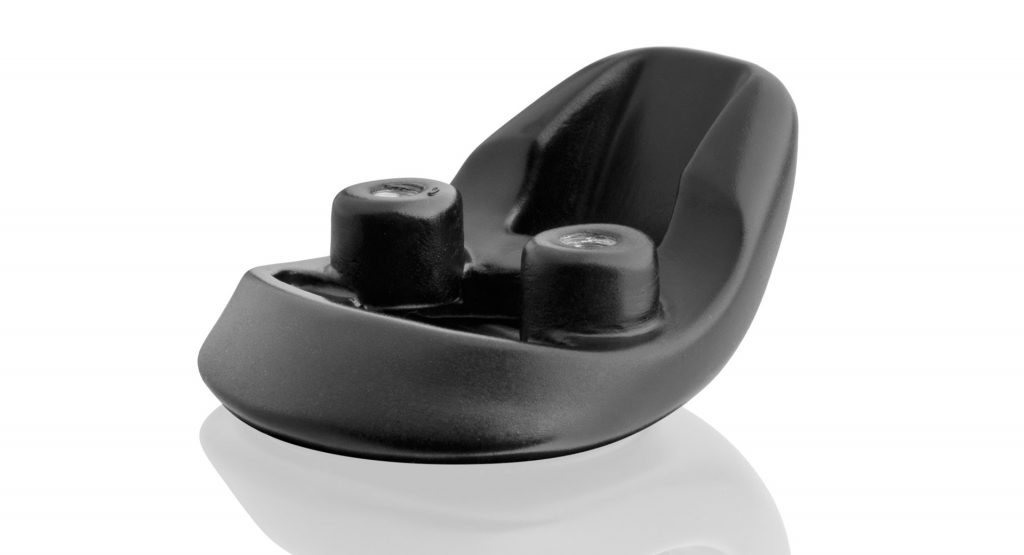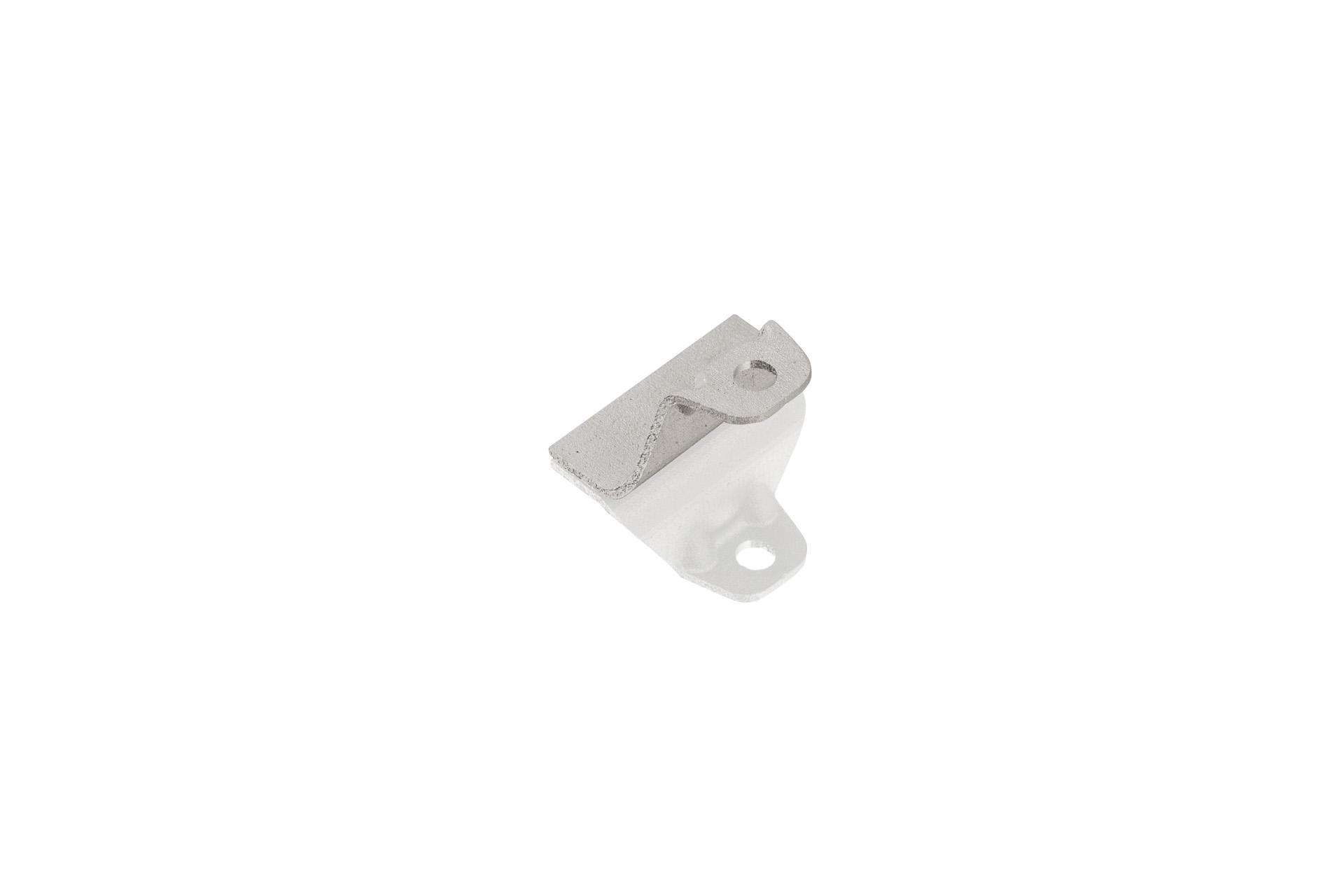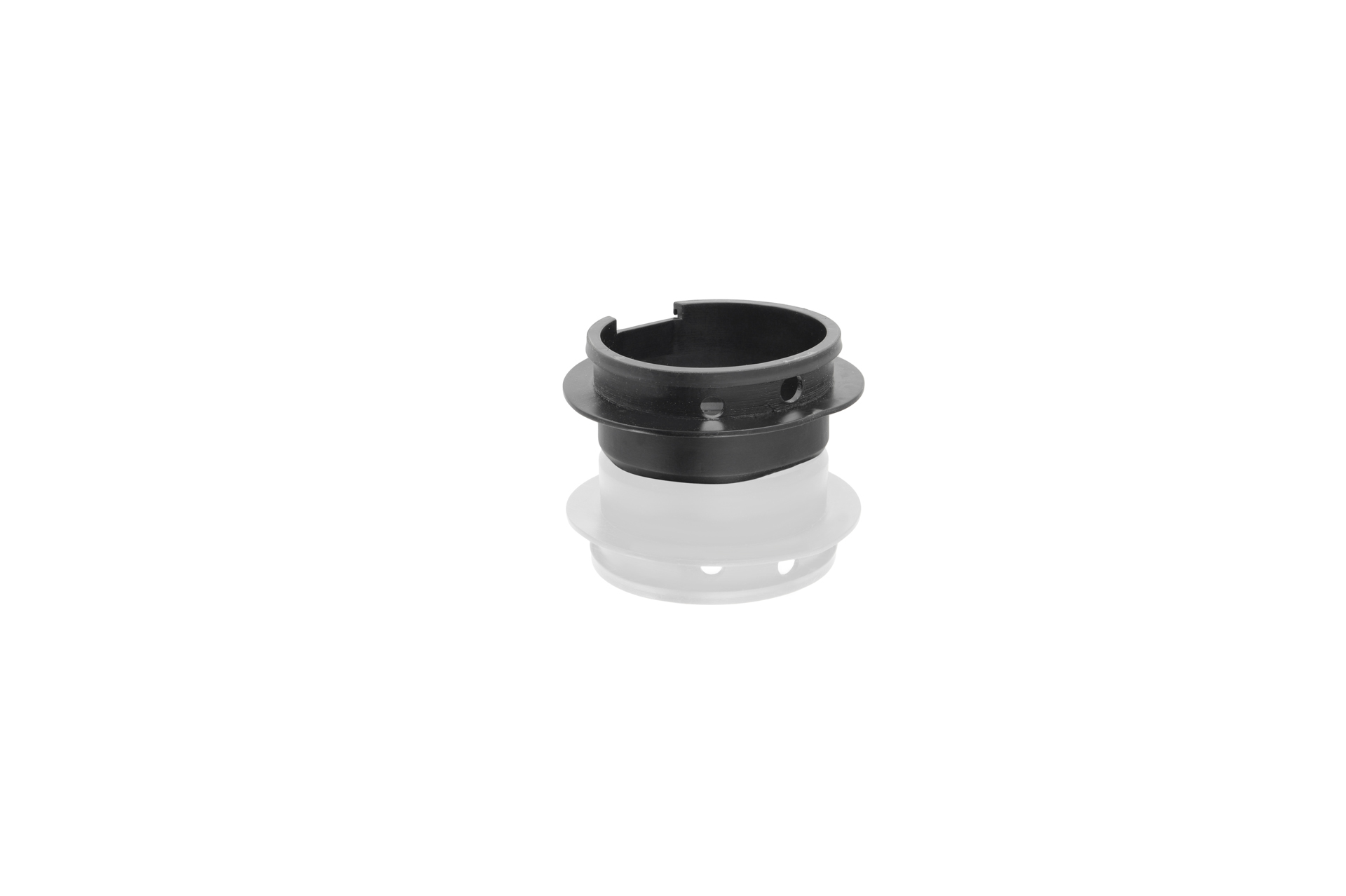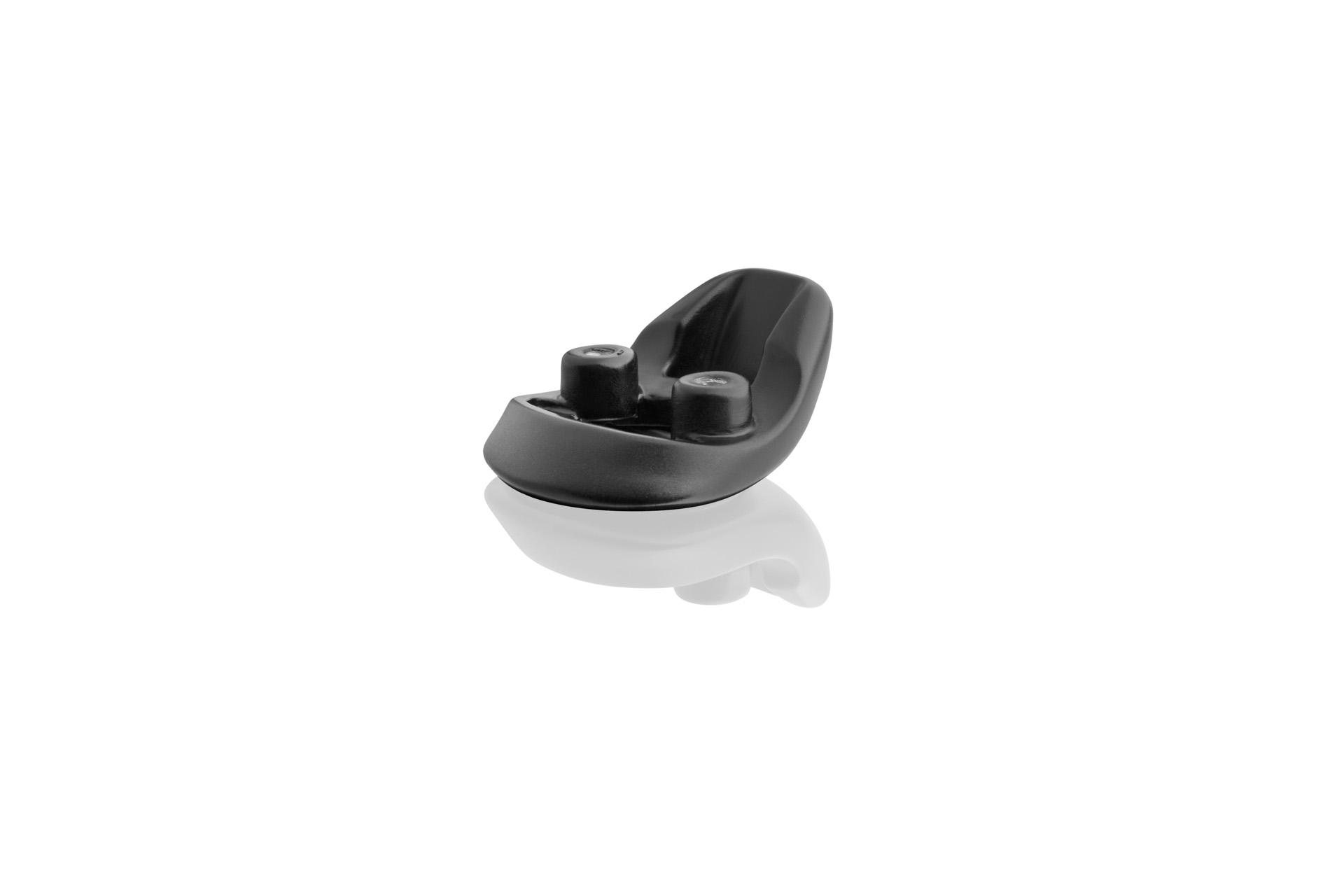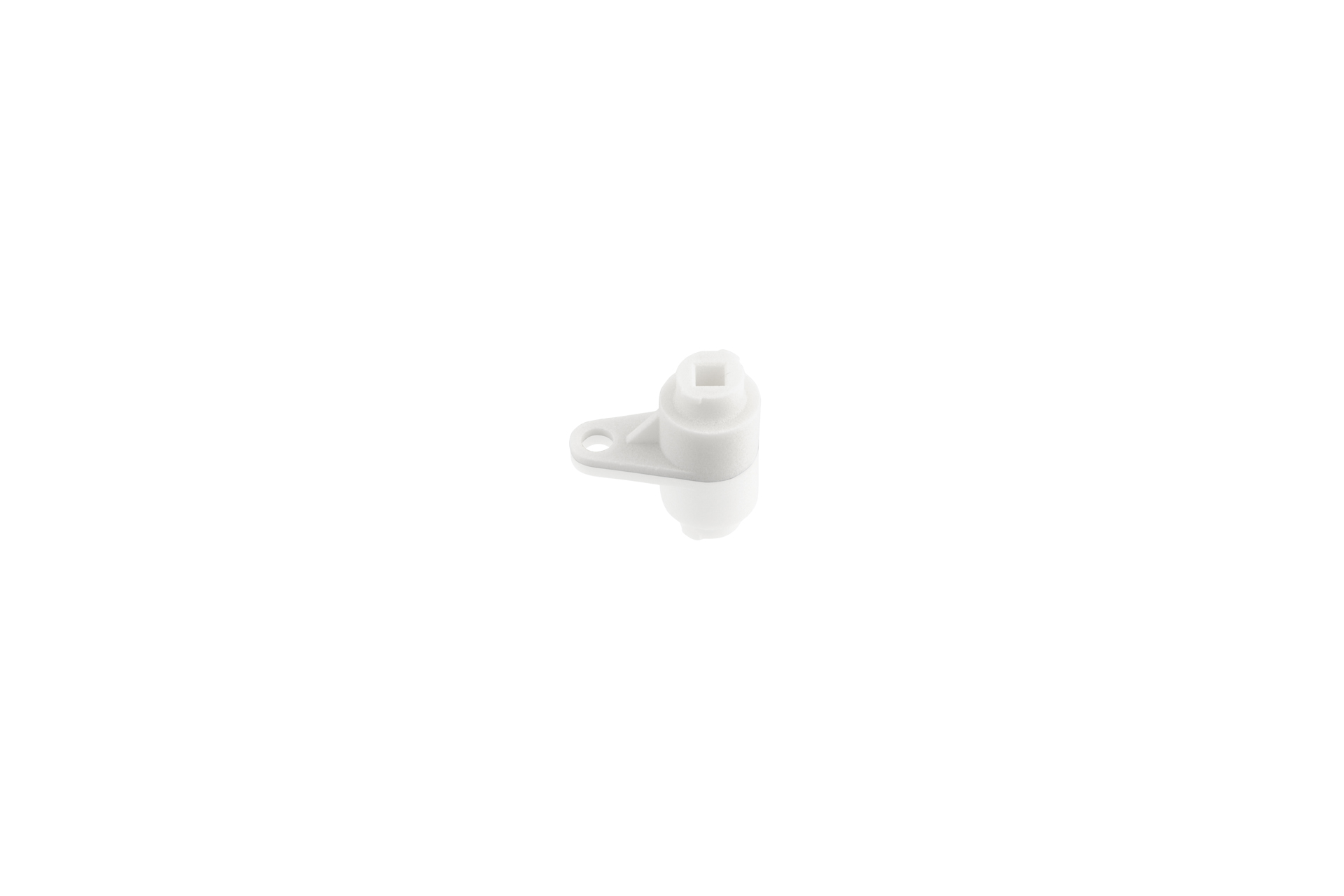Need a part for your vintage Porsche? The company’s own Classic division keeps stockpiles. Those it doesn’t have, it reproduces according to the original design specifications. But some parts don’t warrant retooling an entire manufacturing process.
Porsche’s solution? To 3D print them. Similar to what its sister-company Bugatti is doing with its brake calipers and other components, the Porsche Classic department has turned to 3D printing for select components.
Those include, for example, the clutch pedal for the 959 – that revolutionary supercar from the 1980s that arguably saved the 911 from extinction. With only 292 of the vehicles made, reproducing the clutch-release lever in the original method from cast iron would be prohibitively expensive. But as seldom as they may be required, the part is put under immense stress. So Porsche is printing them out of steel.
The prototype component was pressure-tested with nearly three metric tons of force. And according to the manufacturer, it passed “with flying colors.”
The clutch lever isn’t the only component for which Porsche Classic has turned to 3D printing. It’s undertaking the same process for eight other parts in either steel or plastic, and it’s evaluating producing another 20.
That’s still a drop in the aluminum-alloy bucket for a company that offers some 52,000 parts to keep all the cars it’s produced on the road and running like they’re supposed to. But as costly as the process still is at present, we’re becoming less and less surprised to see the new technology finding its way into the automotive industry.







